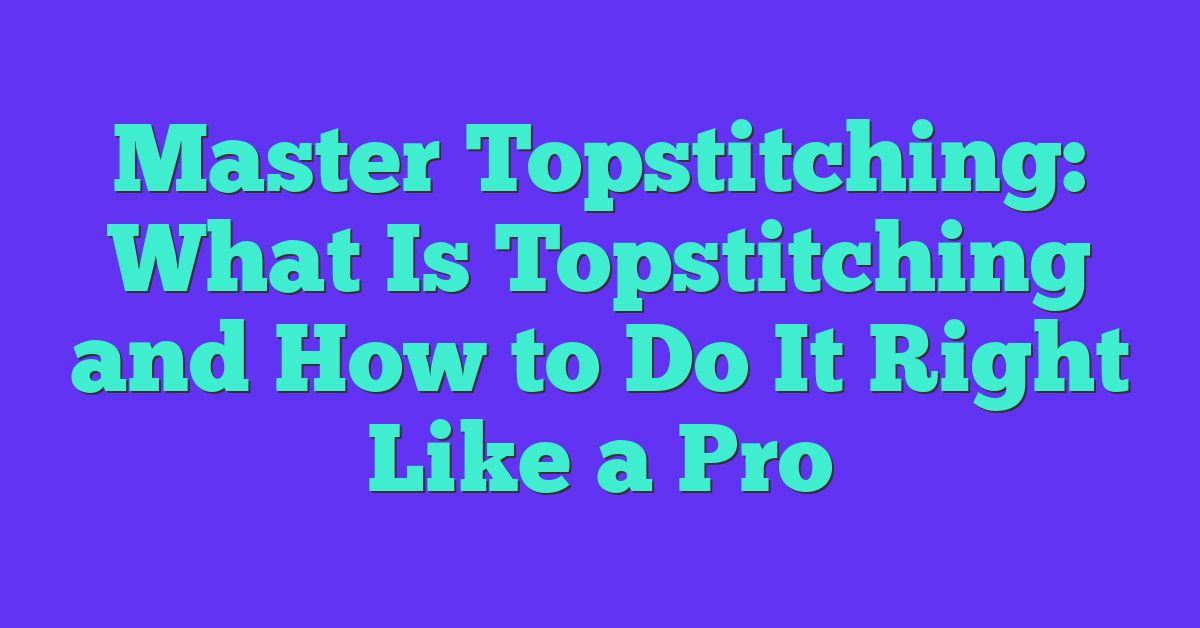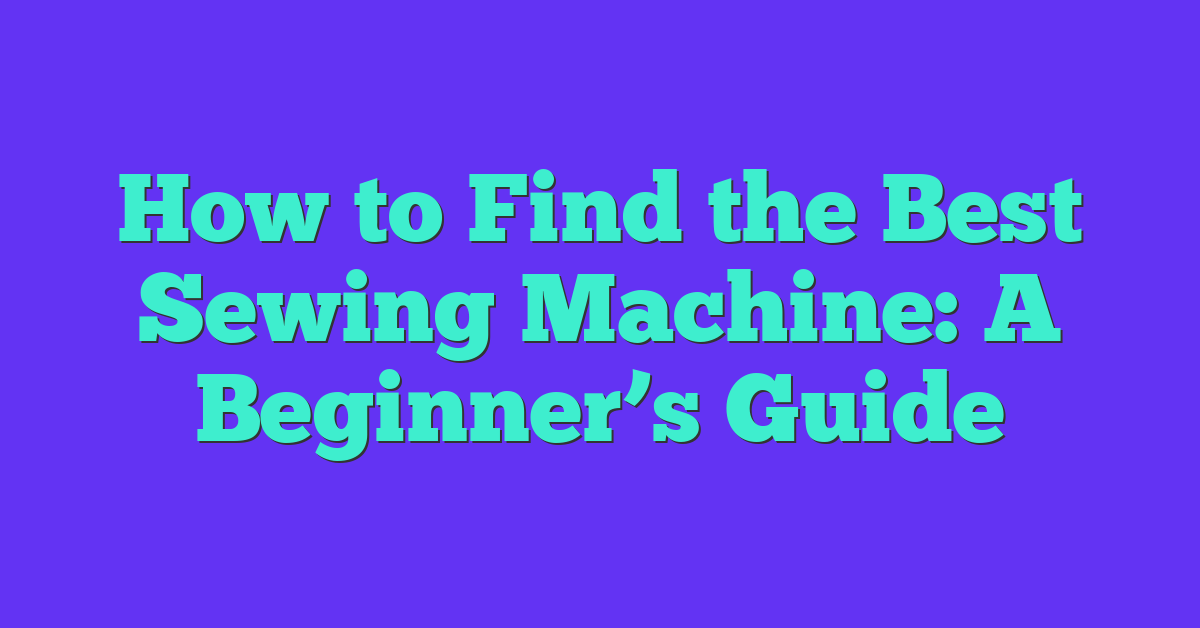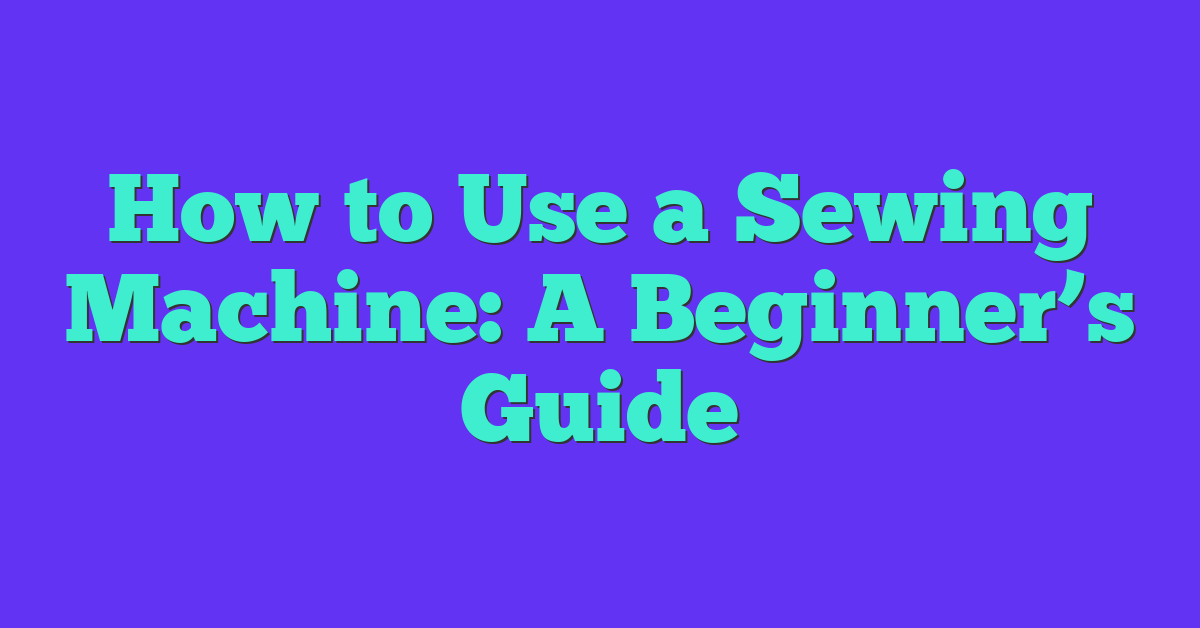Whether you’re a seasoned sewist or just starting out, topstitching can add that professional touch to your projects. I’ve always loved how those neat lines can transform a simple garment into something special.
Topstitching involves sewing visible stitches on the outside of your fabric, enhancing both the look and durability of your creations. From jeans to jackets, this technique is versatile and easy to master with a little guidance.
Understanding Topstitching
Topstitching involves sewing a row of stitches on the right side of the fabric, typically close to the garment’s edge. This technique serves both decorative and functional purposes, enhancing the appearance and durability of sewing projects.
Purposes of Topstitching
- Reinforcement: Strengthens seams and edges.
- Decoration: Adds visual interest with contrasting or matching thread.
- Structure: Maintains the shape of garments like jeans and jackets.
Common Uses
Topstitching applies to various items, including:
- Denim Jeans: Defines pockets and seams.
- Leather Jackets: Highlights seams and adds durability.
- Bags: Reinforces stress points and enhances design.
Essential Tools
To execute topstitching effectively, you’ll need:
- Sewing Machine: Equipped with a topstitching foot.
- Thread: Strong polyester or cotton threads are ideal.
- Needles: Medium to heavy-duty needles for thicker fabrics.
Techniques and Tips
Consistent stitch length ensures a professional finish. Align the fabric edge accurately to maintain uniformity. Using a walking foot can help manage multiple layers and prevent puckering.
Differences from Other Stitching Methods
Unlike plain stitching, topstitching stands out on the fabric’s exterior. It often uses decorative stitches or contrasting colors, distinguishing it from standard seam allowances hidden within the garment.
Benefits of Topstitching
Topstitching offers several advantages that enhance both the functionality and appearance of your sewing projects. By using this technique, I can improve the durability and visual appeal of various garments and crafts.
Enhancing Durability
With topstitching, I reinforce seams, preventing fraying and extending the lifespan of creations. Stitching along edges of denim jeans or reinforcing stress points on leather jackets ensures they maintain their shape and withstand regular wear.
Adding Decorative Details
Topstitching lets me introduce decorative elements that elevate overall designs. Using contrasting threads or decorative stitch patterns highlights features like pocket edges on quilts or seams on tailored shirts, adding a professional and personalized touch.
Essential Tools and Materials
- Sewing machine with a topstitching foot: Achieves precise, straight stitches.
- Polyester or cotton threads: Offer strength and color variety; polyester for durability, cotton for natural fabrics.
- Medium to heavy-duty needles: Handle thick materials like denim and leather.
- Walking foot: Feeds multiple layers evenly, preventing puckering.
- Seam gauge: Maintains consistent stitch placement.
- Fabric markers: Allow accurate marking of topstitch lines without residue.
- Iron and ironing board: Press fabrics to remove wrinkles and set seams.
Step-By-Step Guide to Topstitching
Topstitching enhances both the look and durability of your projects. Here’s how to achieve perfect topstitching every time.
Preparing Your Fabric
- Wash and Iron Fabric
Pre-wash removes sizing and prevents shrinkage. Iron to ensure a smooth surface for stitching.
- Mark Stitch Lines
Use fabric markers or chalk to outline where stitches will go. Accurate markings guide consistent stitching.
- Stabilize Layers
If working with multiple fabric layers, use a walking foot to prevent shifting and puckering during sewing.
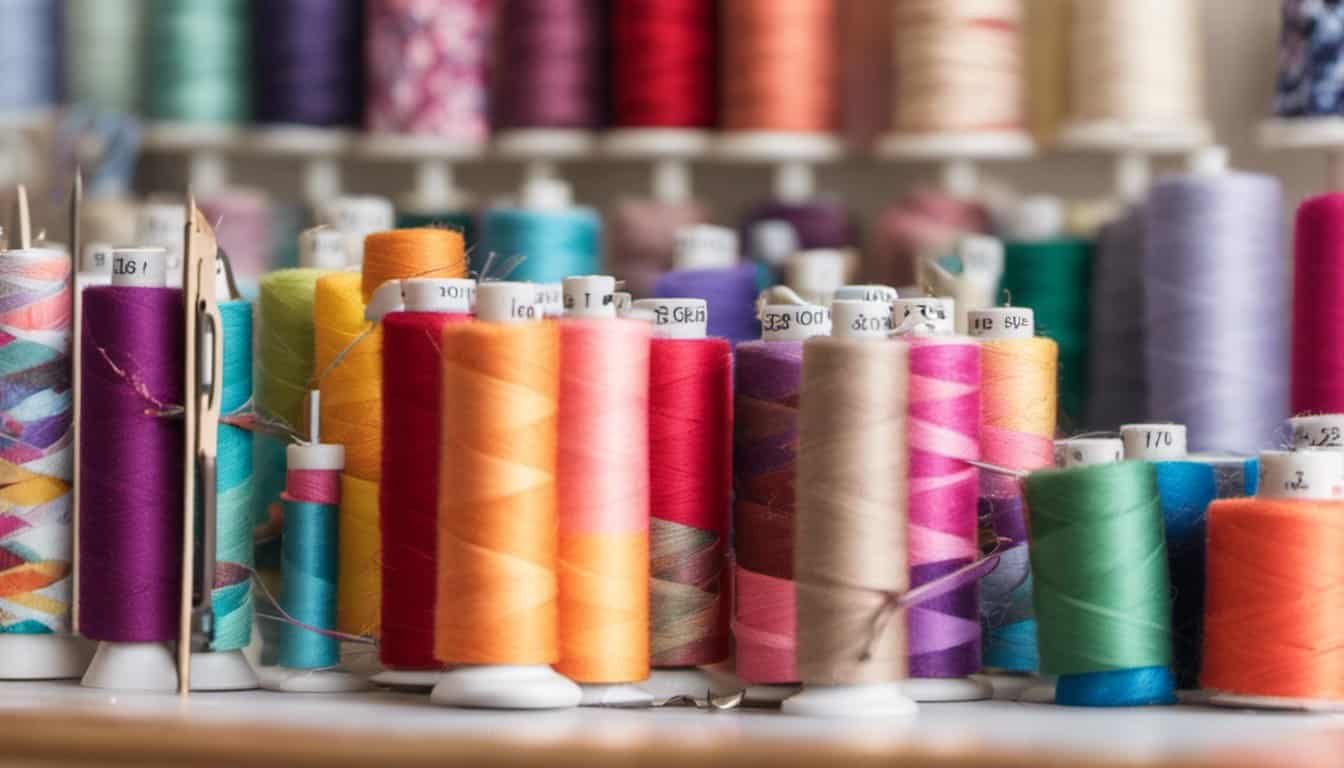
Selecting the Right Stitch
- Choose Stitch Type
Opt for a straight stitch for a classic look or decorative stitches for added flair. Select based on your project’s style.
- Determine Stitch Length
A 3-4 mm stitch length offers durability and visibility. Adjust according to fabric thickness and desired appearance.
- Select Thread Color
Use contrasting threads to highlight details or matching threads for a subtle finish. Ensure thread strength matches fabric weight.
- Test on Scrap Fabric
Sew a sample on similar fabric to check tension and appearance. Adjust settings as needed for optimal results.
Setting Up Your Sewing Machine
- Install Topstitching Foot
Attach a topstitching foot to provide better control and visibility of stitch lines.
- Thread the Machine Properly
« 10 Essential Sewing Tools for Beginners: What You Need to Start Sewing Today
Unlock Flawless Style with These Lengthening Patterns: Tips for Custom Fits »
Use high-quality polyester or cotton threads. Follow the machine’s threading instructions to prevent jams.
- Adjust Tension Settings
Set thread tension to balance stitch appearance. Proper tension avoids puckering and skipped stitches.
Executing the Topstitch
- Position Fabric Carefully
Align fabric edges with stitch markings. Use pins or clips to hold layers in place without creating bulk.
- Guide Fabric Smoothly
Feed fabric evenly through the machine. Maintain consistent speed to ensure uniform stitch spacing.
- Monitor Stitch Quality
Observe stitches as you sew. Stop and fix issues like skipped stitches or fabric bunching immediately.
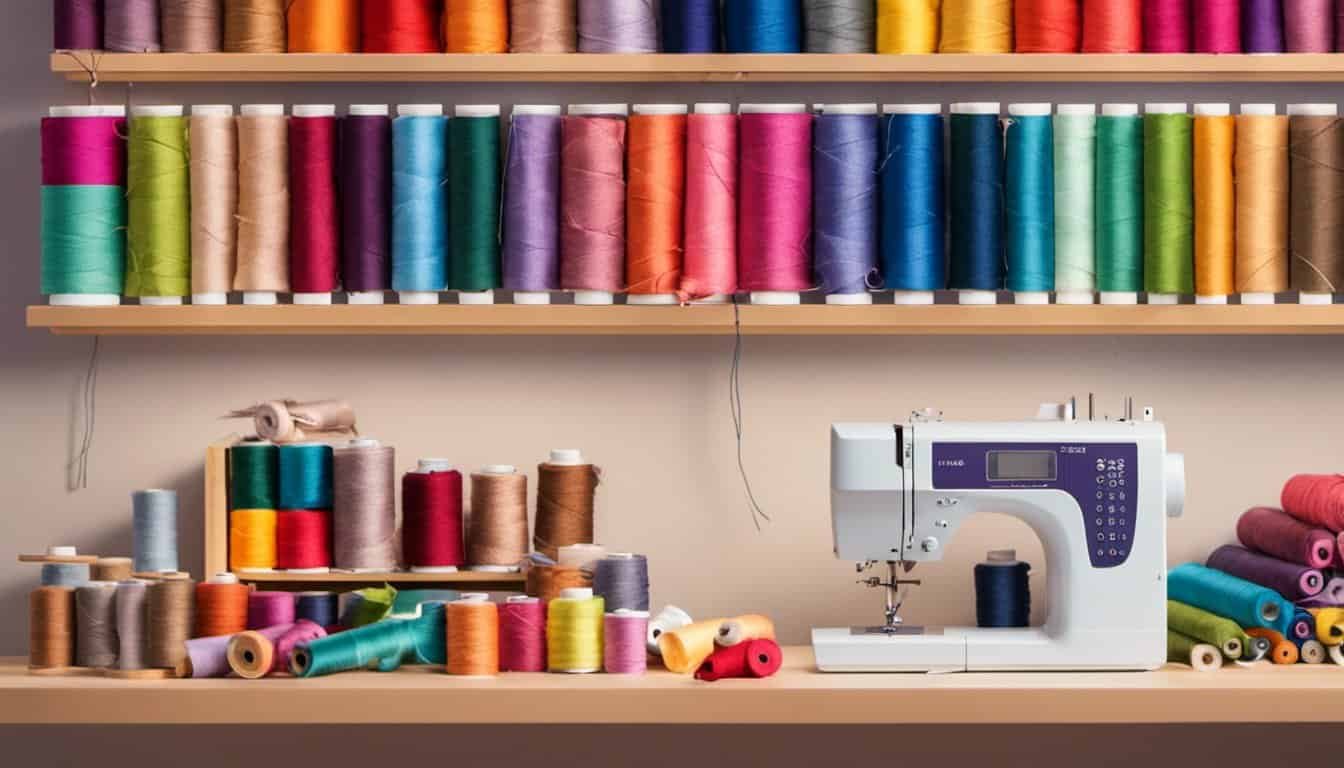
Finishing Touches
- Press Stitches
Use an iron to press topstitches flat. Proper pressing enhances the professional appearance of your project.
- Trim Excess Threads
Remove any loose threads to prevent snagging and ensure a clean finish.
- Inspect Work
Check all topstitched areas for consistency and strength. Make adjustments if necessary to achieve the desired look.
By following these steps, you can master topstitching and elevate your sewing projects with precision and style.
Common Mistakes to Avoid
Avoiding common mistakes ensures your topstitching projects turn out professional and durable. Here are some pitfalls to watch out for:
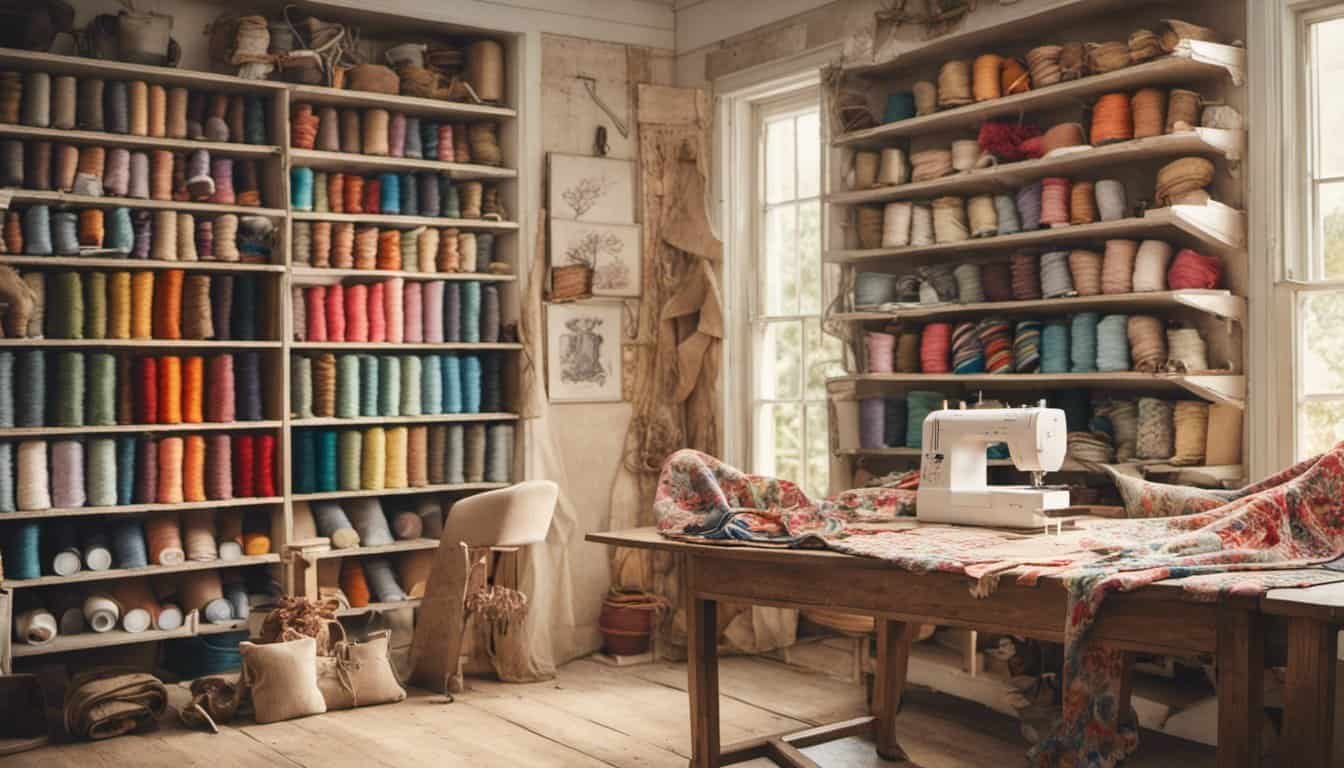
- Incorrect Stitch Length
Using the wrong stitch length affects both appearance and strength. For most topstitching, a length between 2.5 and 3.5 is ideal. Short stitches can pucker the fabric, while long stitches may not hold well.
- Uneven Stitching Speed
Inconsistent sewing speed leads to uneven lines. Maintaining a steady pace ensures uniform stitches and a cleaner finish. Rushing can cause skipped stitches; sewing too slowly might make your project cumbersome.
- Wrong Thread Type
Choosing the wrong thread compromises durability and look. Use strong polyester or cotton threads suitable for your fabric. Avoid threads that are too thin or weak, as they can break or fray easily.
- Improper Fabric Preparation
Skipping fabric prep causes alignment issues. Always wash and iron your fabric before sewing to remove wrinkles and sizing. Marking your stitch lines accurately helps maintain consistent topstitching.
- Using an Incorrect Needle
The wrong needle type can damage your fabric or thread. Select a medium to heavy-duty needle based on your material. For thick fabrics like denim or leather, a specialized needle prevents breakage and skips.
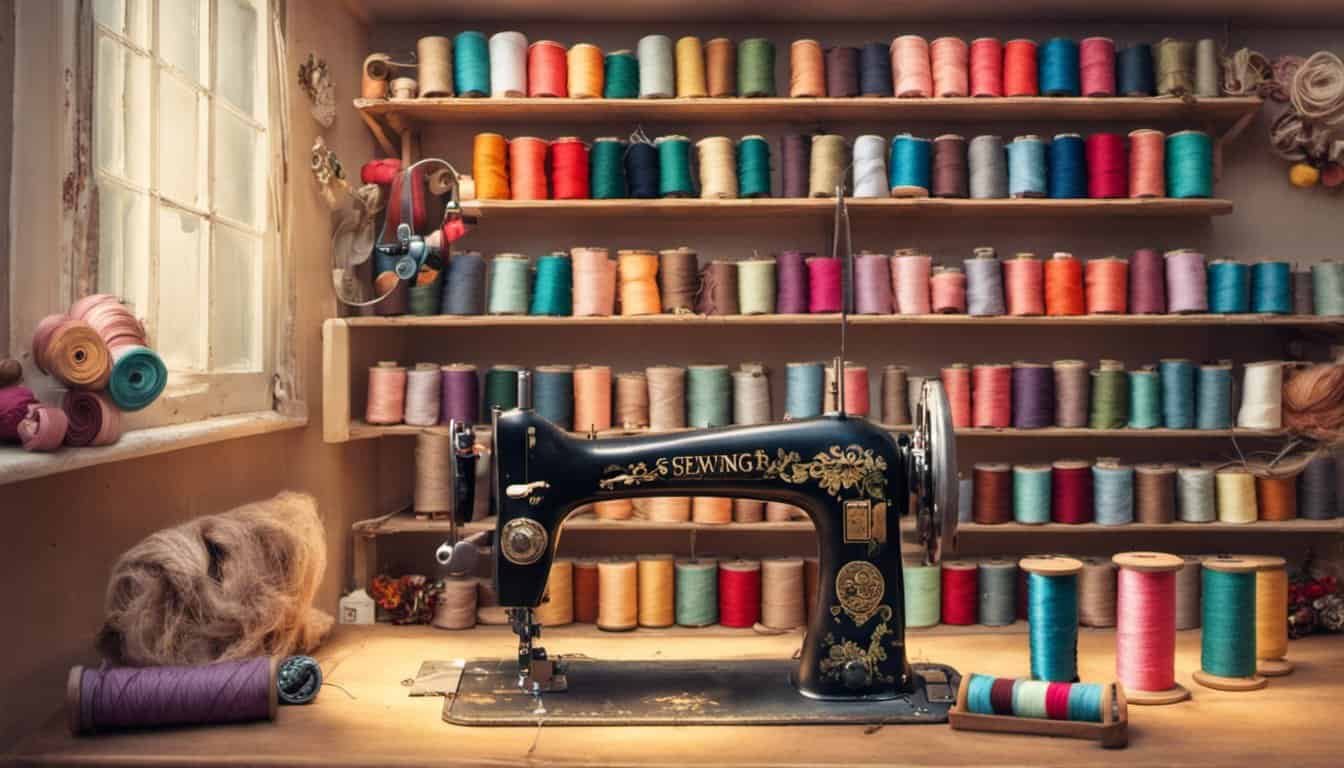
- Skipping the Pressing Step
Neglecting to press after stitching affects the final look. Pressing sets the stitches and smooths the fabric, giving your topstitching a crisp appearance. Skipping this step can make your project look unfinished.
- Not Utilizing a Walking Foot
Without a walking foot, multi-layered or heavy fabrics may pucker. A walking foot ensures even feeding of all fabric layers, maintaining straight and consistent stitches. This tool is essential for thicker materials.
By steering clear of these mistakes, you can enhance the quality of your topstitching and achieve polished, professional results in your sewing projects.
Conclusion
Mastering topstitching has truly transformed my sewing projects. It’s amazing how a simple row of stitches can make garments look polished and last longer. I love how versatile this technique is, allowing me to add both strength and style to my creations. With the right tools and a bit of practice, anyone can achieve professional results. Exploring different stitch patterns and thread colors has been a fun way to personalize my work. I encourage you to give topstitching a try and see the difference it can make in your sewing. Happy stitching!


